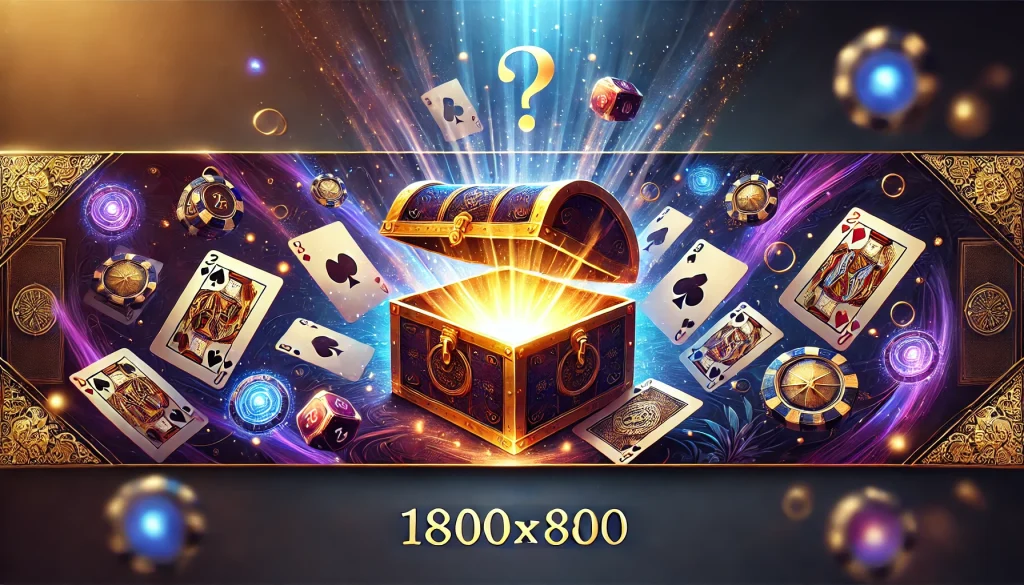Description

Rummy Gili: A Complete Overview Rummy Gili is a fascinating card game that has become very popular in many cultures, especially in South Asia. With its distinct rules & captivating gameplay, it is a variation of the classic Rummy game. A standard deck of cards is used to play the game, which usually has two to six players. The goal is to create sets & sequences that are valid so that a victory can be declared. Rummy gili is a popular past time for many people because it promotes social interaction in addition to providing entertainment. The combination of skill, strategy, and chance that makes Rummy Gili so appealing.
To outsmart their opponents and adjust to the game’s unpredictable nature, players must use tactical planning and critical thinking. Because of these components, Rummy Gili is a thrilling game for players of all skill levels. We will examine the game’s history, regulations, appeal, tactics, variants, cultural significance, and associated legends as we dig deeper into it. Rummy Gili’s roots are in the larger family of Rummy games, which have been played in different variations for centuries all over the world.
Although the precise origin of rummy is unknown, it is generally accepted that the game developed from conventional card games played in Europe in the 1800s. It expanded to various areas over time, adjusting to regional tastes and customs. In South Asia, especially India, rummy gili has evolved into a unique variation that is now a mainstay at family get-togethers and social settings. Based on the Hindi word for “to play,” the name “Gili” itself reflects the lighthearted nature of the game.
Rummy Gili improved its gameplay by incorporating elements from other regional games as it gained popularity. The game has become ingrained in communities’ cultural fabric as it has been handed down through the generations & is frequently played during festivals and festivities. Rummy Gili is still evolving today, and players from all over the world can now participate in this age-old game thanks to online platforms. Every player in Rummy Gili has a fair and pleasurable experience thanks to the rules that regulate how the game is played. Each player is normally dealt a certain number of cards at the start of the game, usually 13.
The remaining cards are then gathered into the draw pile. In order to produce valid sets (three or four cards of the same rank) and sequences (three or more consecutive cards of the same suit), players alternately draw cards from the draw pile and the discard pile. The game goes on until one player declares “Rummy” after successfully combining all of their cards into legal combinations.
A distinctive feature of Rummy Gili is its focus on strategy and judgment. Because choosing which cards to keep and which to discard can have a big impact on their chances of winning, players must carefully consider their options. Also, when players think they have made legitimate combinations but still hold unmatched cards, they can “knock.”. Because opponents must then reveal their hands & determine their scores using the remaining unmatched cards, this further complicates the game.
The winner of each round is the player who finishes with the lowest score. Throughout South Asia and beyond, as well as in India, rummy gili has become extremely popular. Its social nature & accessibility are two of the many reasons for its appeal. Anyone can play Rummy Gili with just a standard deck of cards, unlike many other contemporary games that call for costly equipment or complex setups.
Because of its simplicity, it has become a popular game for parties, family get-togethers, and informal get-togethers. Also, Rummy Gili’s popularity has increased due to the growth of digital platforms. Through online gaming apps, players can now enjoy the game at any time & from any location, competing against strangers from around the globe or interacting with friends. In addition to broadening the game’s audience, this digital transformation has made its complexities more accessible to new players.
Rummy Gili thus continues to flourish in both conventional and contemporary settings, attracting a wide range of audiences from different generations. Players who want to succeed at Rummy Gili need to create winning strategies. One basic piece of advice is to keep a close eye on the cards your opponents discard. This can give players important information about their tactics and assist them in choosing which cards to keep or discard. Also, by forming both sets and sequences to keep a balanced hand, players can become more flexible during gameplay and modify their tactics as necessary.
Managing one’s own discards effectively is another essential component of playing Rummy Gili. Players ought to refrain from throwing away cards that might enable their rivals to finish their sets or sequences. To reduce possible losses in the event that an opponent declares Rummy before them, one should instead concentrate on discarding high-value cards whenever feasible. Also, waiting for the right moment can make all the difference in securing a win; exercising patience and not making a declaration too soon can frequently result in better outcomes. Common Rummy Variations.
Indian Rummy, Gin Rummy, & Kalooki are a few of the well-liked Rummy variations. Usually played between two players, Gin Rummy places a strong emphasis on making melds as fast as possible while reducing the number of unmatched cards in the deck. Specific Qualities of Every Variant. Because Indian Rummy requires players to form at least two sequences before declaring victory, it adds even more complexity.
By letting players utilize wild cards, which can stand in for any other card in sets or sequences, Kalooki adds yet another level of complexity. Apart from offering distinct challenges, these variations also accommodate a range of player preferences. Examining the Rummy Universe. These additional variations, each of which offers a unique twist on the traditional card game experience, may be explored by players as they grow more accustomed to Rummy Gili. Particularly in India, where it goes beyond simple amusement, rummy gili has a unique place in South Asian culture.
The game frequently acts as a unifying activity for friends & family at weddings, festivals, and other social events. As players compete amicably and share stories and laughs around the table, it builds relationships and camaraderie. Also, a number of communities have adopted Rummy Gili as a way to uphold cultural customs. In order to ensure that younger members learn not only how to play the game but also its historical significance, many families pass down their knowledge of it through the generations. By doing this, Rummy Gili transcends beyond being merely a game and becomes a beloved custom that helps people feel a connection to their culture and their communities. Rummy Gili’s cultural significance is intriguingly enhanced by the depth of its folklore and legends.
Over time, a number of tales have surfaced that emphasize the game’s relationship to fate & luck. Many players approach each game with a sense of reverence and faith in its mystical powers because of a popular legend that says mastering the complexities of Rummy Gili can bring good fortune to those who play it. It is also said that during their free time, well-known historical figures would play card games like Rummy Gili. For modern players who consider themselves to be descended from a long tradition of card enthusiasts, these tales frequently provide motivation. These anecdotes not only heighten the appeal of Rummy Gili but also foster a feeling of continuity between players from the past and present, enhancing their enjoyment of this ageless game.
In conclusion, Rummy Gili is more than just a card game; it has a long history that is full of social interaction and cultural significance. From its inception to its contemporary iterations, this engrossing game has endured across borders & generations. In our increasingly technologically advanced world, Rummy Gili continues to be a timeless symbol of enjoyment and connection, whether it is played competitively online or just for fun with friends.

